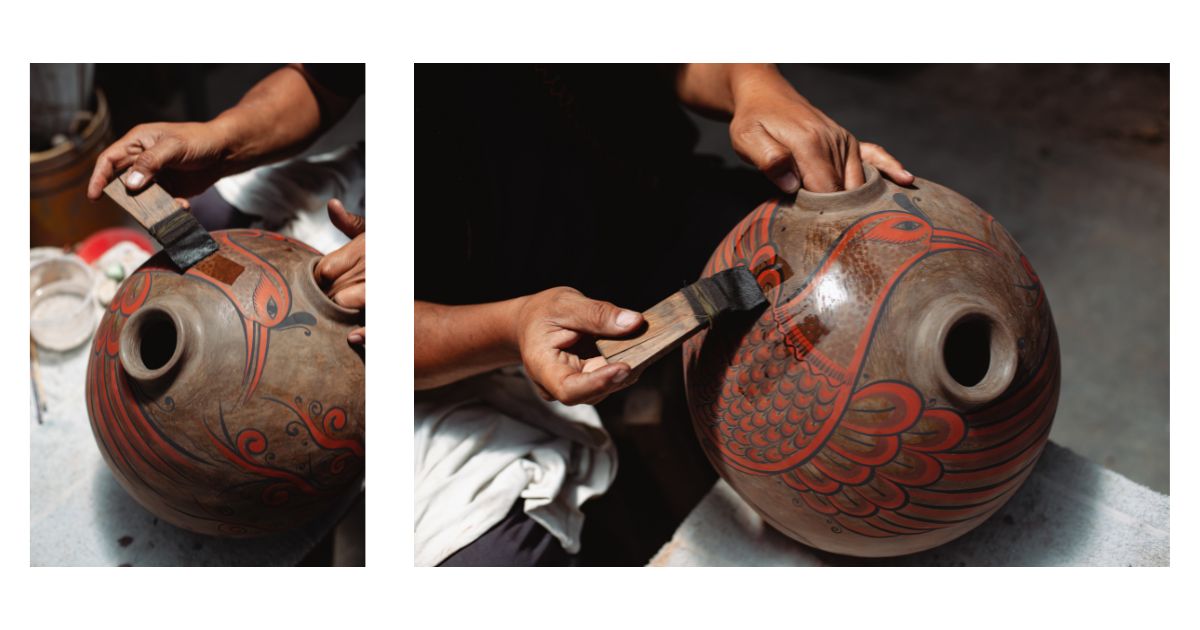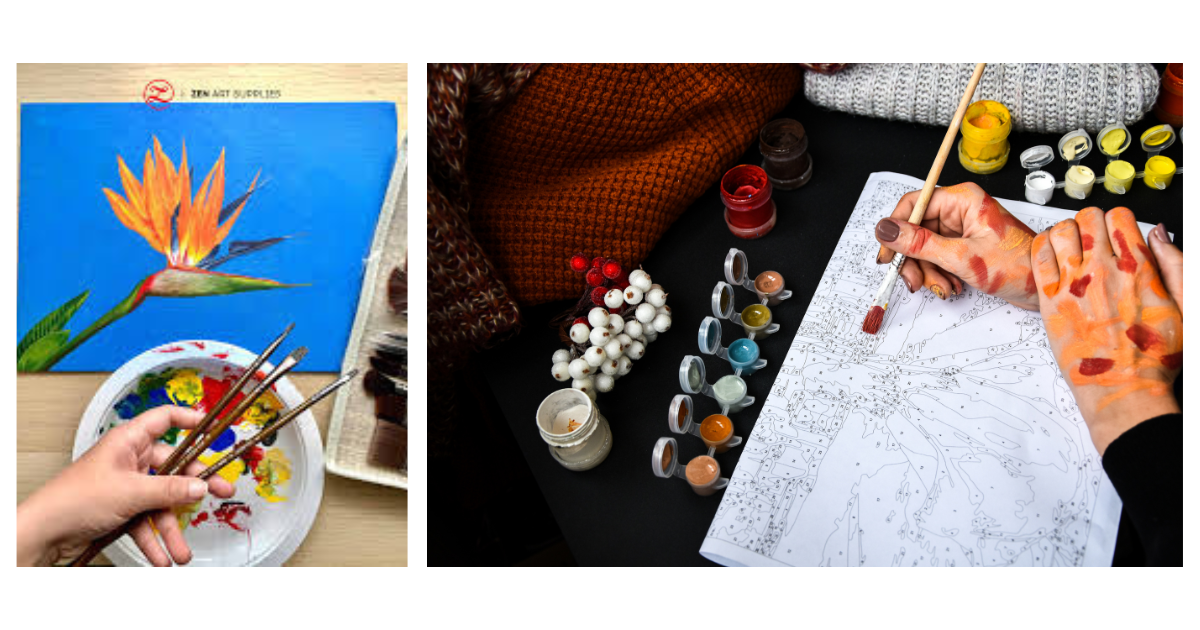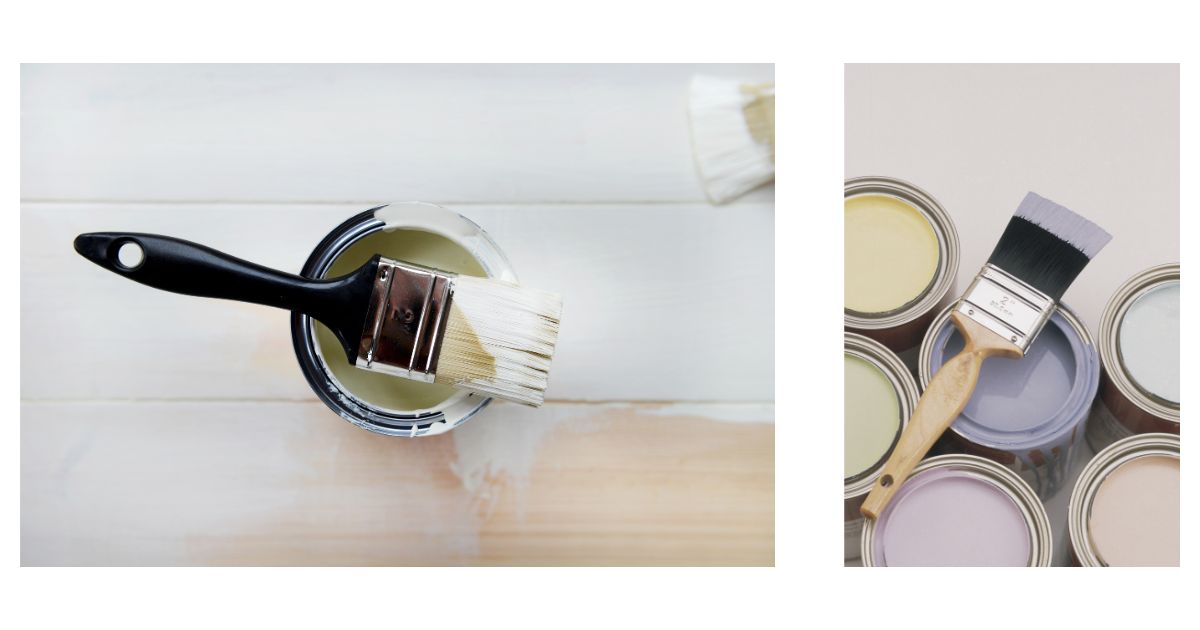Have you ever experienced the frustrating situation where your acrylic paint remains tacky even after a week or longer? It’s a common problem that many artists encounter, and it can be quite perplexing.
In this article, we’ll explore the reasons behind this issue and provide you with some practical tips and solutions to fix it.
The Importance of Technique and Timing
One of the first factors to consider when dealing with tacky acrylic paint is your painting technique and timing. Here are some key points to keep in mind:

1. Adjust Your Technique
Evaluate your painting technique and consider making some adjustments. Using a smaller brush and working in smaller sections can help ensure that each layer dries thoroughly before adding another layer on top. This prevents suffocating the underlying layers and reduces the risk of tackiness. Additionally, test the paint’s dryness by gently touching the back of your knuckle to avoid leaving fingerprints.
2. Allow Sufficient Drying Time
Patience is key when working with acrylic paint. If you notice that your layers are drying unevenly, with the edges drying faster than the middle, resist the temptation to add another layer prematurely.
Instead, strive for an even thickness across the painting. Slowing down and allowing each layer to dry completely before proceeding can help prevent tackiness.
3. Avoid Mixing Incompatible Paints
Mixing different brands of paint, such as student-grade paint with professional-grade paint, can negatively affect the drying process.
Some paints may dry faster than others, causing inconsistencies and potential tackiness. To minimize this issue, try to stick to a single brand or ensure compatibility when mixing different paints.
Exploring Alternative Solutions
If adjusting your technique and timing doesn’t resolve the tackiness issue, there are a few other options you can explore:
1. Dust with a Fine Powder
As a last resort, you can apply a fine powder to the tacky surface to eliminate stickiness. Various substances can be used, such as pigments, translucent powder (makeup), eye shadow, blush, bronzer, cornstarch, or rice starch.
Apply the powder using a wide flat artist’s washi brush or a fluffy makeup brush.
However, it’s important to note that once the powder is applied, it’s best to consider the painting finished, as adding additional layers may compromise the stability of the previous layers.
2. Consider Additives for Museum-Quality Results
If you’re aiming for museum-quality results, you may want to experiment with additives such as extenders or gel mediums. Avoid adding excessive amounts of water, as acrylic paint does not behave like watercolor.
Instead, focus on finding the right balance that allows the copolymers in the paint to bond effectively. Extenders can increase translucency and working time, ensuring that each layer adheres properly and dries more evenly.
Understanding Acrylic Paint Properties
To fully grasp the nature of tacky acrylic paint, it’s important to understand its properties:
- Drying time: The thickness of the paint layer and the relative humidity of the environment play significant roles in drying time. Thin layers can dry within seconds or minutes, while thicker layers may take days.
- Polymer formation: As acrylic paint dries, long polymer chains form, creating a durable and flexible surface.
- Quality matters: Low-quality paints or those contaminated with other chemicals, such as alcohol, can contribute to tackiness. Investing in high-quality tools and materials can help ensure better results.
By adjusting your technique, allowing sufficient drying time, and exploring alternative solutions, you can overcome the challenge of tacky acrylic paint.
Remember to work with the best tools and materials within your budget to enhance your artistic outcomes. With a better understanding of acrylic paint properties and the right approach, you’ll be able to create stunning, tack-free artworks.









